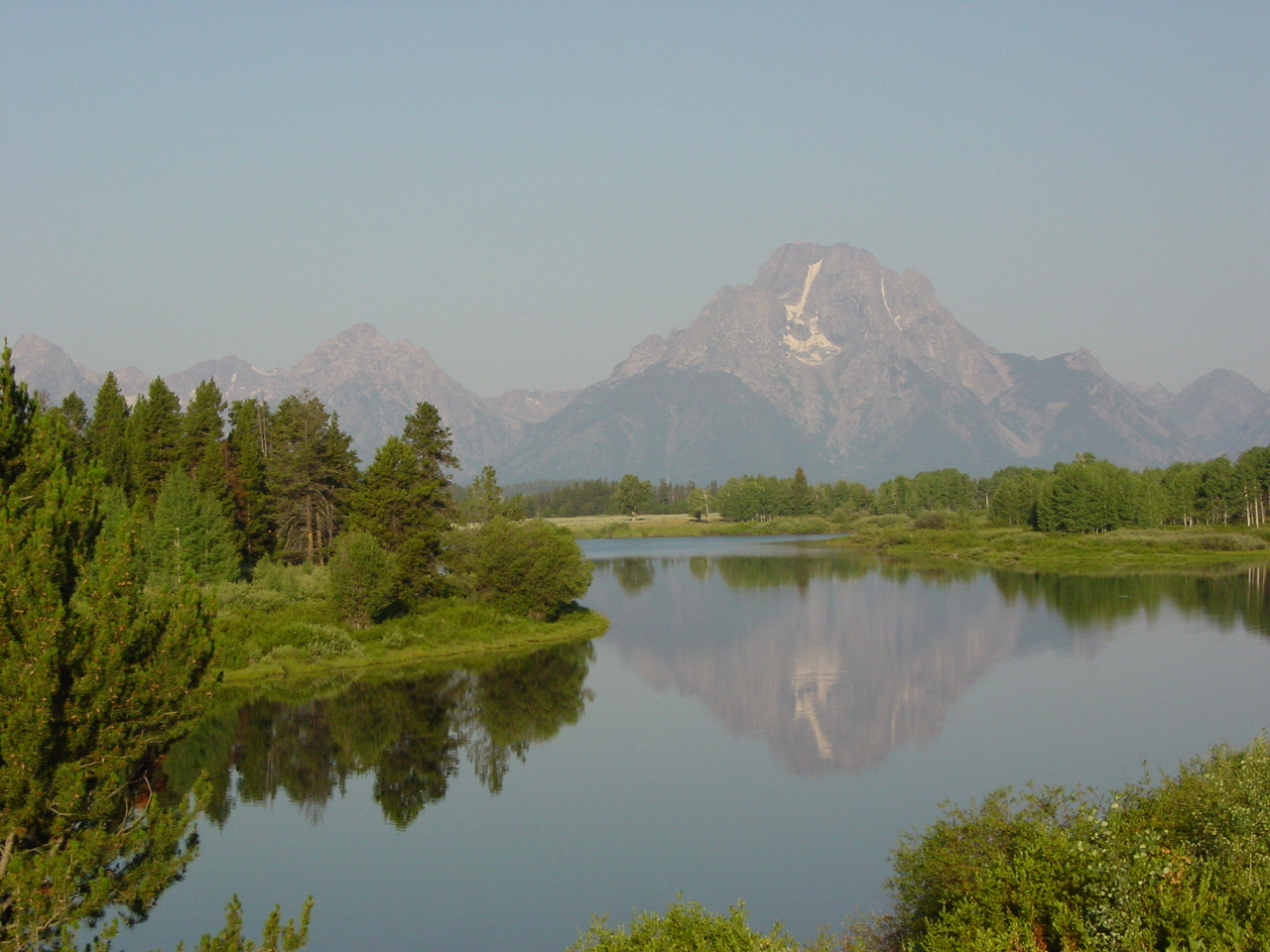Wyoming’s First Auto Fatality Happened in Rawlins, 1906
The first automobile fatality recorded in Wyoming was a pedestrian hit by a car.
The accident occurred on Sunday afternoon, Nov. 4, 1906, when Dean Weightman, a five-year-old boy, was struck and killed along Seventh Street in a residential area of Rawlins.
Weightman and a young friend were playing in the street when one of the seven automobiles in Rawlins at the time came toward them. The driver slowed the vehicle from 10 mph and tooted the horn. One child went to the right side of the street and Weightman dashed to the left. Suddenly, just as the vehicle was passing, he apparently decided to run across and join his friend on the other side. The driver came nearly to a stop, but the left fender of the vehicle clipped the young boy in the head, fracturing his skull and killing him almost instantly.
The Grand Encampment Herald, an area newspaper, noted that the boy’s father, WIlliam Weightman was a butcher in the firm of Weightman Brothers who was “having more than his share of trouble” given that his meat market “was totally gutted by a recent disastrous fire” in Rawlins.
William’s brother James lived and worked in Laramie. Survivors included a one-year-old brother. After the accident, the family moved to Laramie and, later, to Weiser, Idaho, where William died in 1918. The boy’s mother, Lottie Weightman, died in Tacoma, Wash., in Sept. 1957. (Two brothers James and Charles survived him as well).
Sources: “Small Boy Killed,” Rawlins Republican, Nov. 14, 1906, p. 1, c. 1; “Fatal Automobile Accident,” Grand Encampment Herald, Nov. 9, 1906, p. 1, c. 5.
Press Description of a Cheyenne Visit, 1877
“We reached Cheyenne on April 21st. This city of the Plains has a reputation for vice and crime far in excess of any actually existent facts. By reason of this bad reputation it was natural that our party, composed as it was of inexperienced New Yorkers, should feel an indefinite apprehension of robbery and violence. Indeed the chief of the party strongly recommended a guard, and villainous-looking revolvers were for the first time taken out of over-stuffed valises and examined with an air of business. A short stroll through the city, however, served to dissipate these precautious fears, and it was not long after our arrival before the genial spirits of our party were hobnobbing on familiar terms with the noted characters of Cheyenne, and making themselves acquainted with the leading features of the place. The actual population of this so-called city is not more than 4,000 souls, but the transient populace enlarged this figure to something like 5,000. That is, there are upwards of 1,000 wayfaring strangers daily coming and going through here…
“As is common with the majority of these Western cities, Cheyenne has many noted characters. Some are noted for their shooting propensities, others for their gambling, and some few for their liberality and public spirit. But to elaborate these three classes of individuals, it will be sufficient to indicate a distinctive type of the Western characters represented by the well-known Cherokee Bob and Old Zip Coon. The former is an old Plainsman, whose clothes hung loosely about his attenuated form, tied together with strings, wearing a well-ventilated hat, and often appearing on the street with a single boot on. He is famous for his stories and the amount of liquor he can “stow away.” Old Zip Coon is known and appreciated in every convivial circle in the territory. He is an artist on the violin, which he manipulates to accompany the vocal melodies with which his brain is abundantly stored. We were favored with some of his choicest rhymes, which he delivered in a loud hitching voice that blended excruciatingly with the high squeaking notes of his fiddle. The bland smile of his expressive features is finely portrayed in our sketch.“
“Across the Continent; The Frank Leslie Excursion to the Pacific” Frank Leslie’s Illustrated XLV New York, Oct. 6, 1877.
